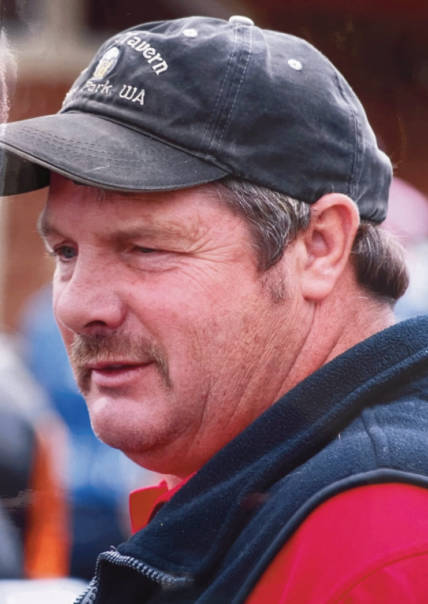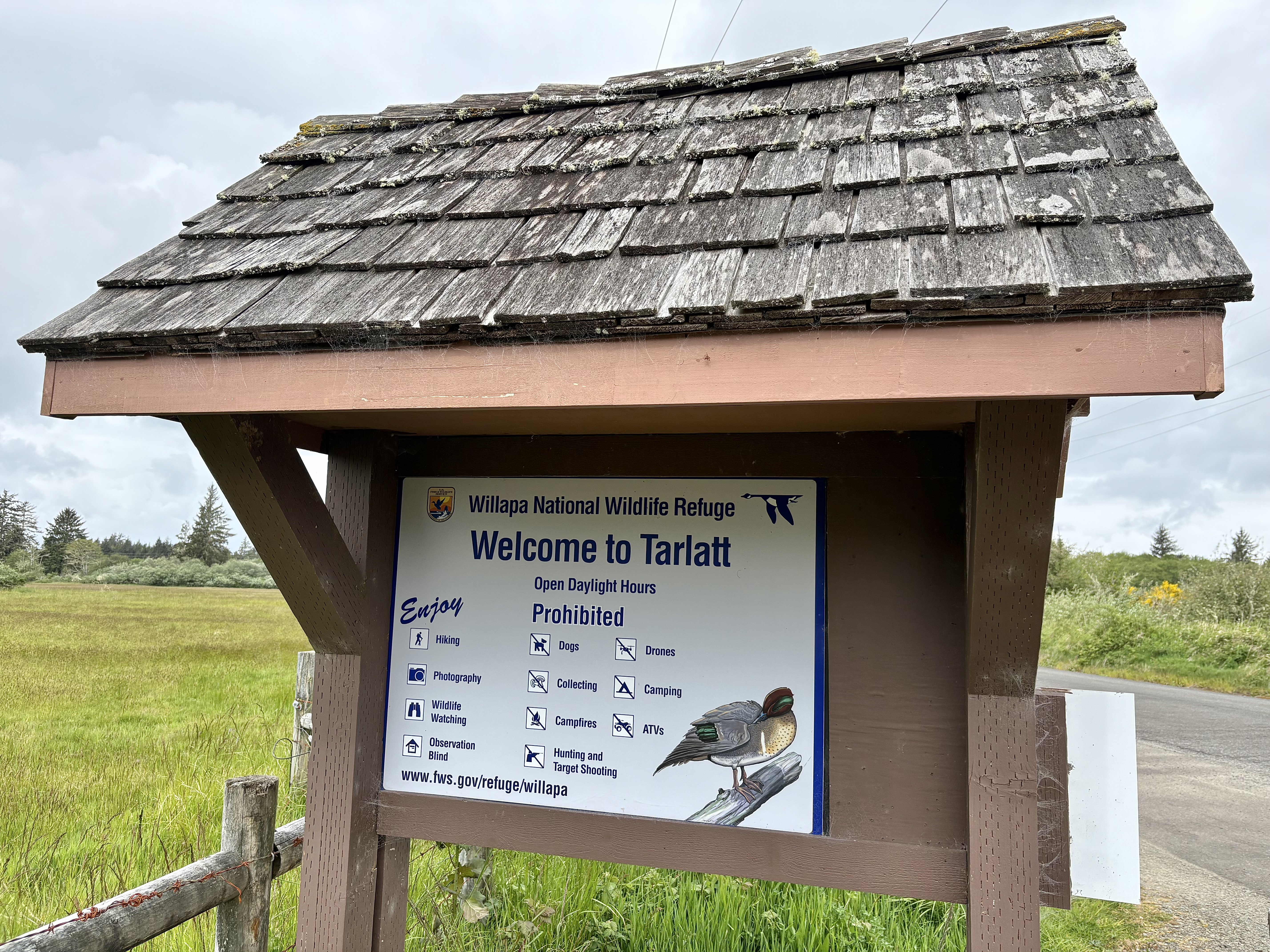Coast Chronicles: Al Hendrix, coffee meister
Published 6:07 am Monday, October 24, 2022

- Al Hendrix spent decades in the coffee business as a buyer for Central and South American beans. The author gets a brief eye-opening tutorial on the subject.
I came to coffee late in life. In my childhood household, tea was the order of the day. It wasn’t until I tagged along with coffee-drinking Parisians in my 30s that I got the caffeine bug. Now I’ve turned into one of those “don’t talk to me until I’ve had my coffee” peeps. And, often, two cups are de rigeur in order to get my morning started. (Skol, skol.) So when I got wind of a coffee expert hiding away on the Peninsula, I had to get to the bottom of the story.
Trending
Coffee geography
Enter Al Hendrix. “One time at a fair in Alameda, California,” he says, “there was a table with maybe five different coffees. The owner of Sweet Maria’s was asking people to stop and taste them and write their reactions on a form. So I did, and he read my comments, and looked up at me and said, ‘Do you want a job?’ I guess I was one of the few people who could actually taste the difference in the coffees.”
That led Al off on adventures into the world of coffee; he became a buyer for Sweet Maria’s. (There’s tons of coffee information at Sweet Maria’s tinyurl.com/2ebhk5ym and at Burman Coffee Traders tinyurl.com/5n8vmfmj). He’d visit coffee farms in Central and South America, meet the growers, learn about all the various “cultivars” (types of coffee) and make purchases. When I ask why those regions specifically, he says, “I just like everything about them: I like the people, I like the countries, I like the coffee. Everything fit for me. I don’t know the language but we always had interpreters.”
And why not the coffee of India or Africa? (Some people think Ethiopian pea berry is at the top of the coffee bean heap.) “I don’t know anywhere else in the world except Central and South America that produces coffee with these fruity flavors. They grow it as a secondary crop under a cover of papaya, mango, or maybe even banana. That wouldn’t be uncommon. And that subtle flavor becomes part of the distinctive taste of the coffee. And, you know, coffee is a close relative to cocoa, and in Central American there is a close connection to that chocolatey flavor. African coffee does not have that. In Africa, coffee is a primary crop, and it’s dry and dusty.”
Every coffee is unique
In the corner of Al’s garage, where he also does his own roasting, he has eight or 10 different bags of “green” (unroasted) coffee beans sitting on the table: different countries, different styles. (By the way, “beans” is a misnomer. Coffee is actually a seed with a pulpy shell around it; and even the process used to remove that shell influences the taste of the resulting coffee.) “It’s a complicated thing to get a good coffee,” he says. “This green coffee — I pulled out a couple different ones to show you — it’s pretty much stable; it doesn’t decay, it will stay good for three or four years. Every coffee is unique and choosing the coffee bean for your coffee is just the beginning.”
To illustrate, Al tells the story of the fascinating Monsooned Malabar coffee. “This is an Indian coffee that sits in 560 pound bags out on the docks. In most places they pick it, they treat it, it goes through a process of getting cleaned up, and it gets shipped out. But because of where India is, their seasons are off. So what they’ve determined over years of practice and learning is they take these bags and put them out on the piers where the boats are going to pick them up in their spring time, and they leave them out there all through monsoon season and they get rained on. They get soaked. And in that part of the world the rain is extremely acidic, so that acid washes down through all those bags of coffee for six or seven months and does some chemical magic. So in Malabar — that’s the southwest coast of India — they produce this totally unique coffee.” Most of the other bags of unroasted beans are indeed a light green; but the Malabar coffee is an off-white cream color, almost yellow.
Roast your own
Al says, “Choose a bean and I’ll show you how we roast it.” I pick Costa Rica Tarrazu La Pastora, based on nothing but the idea that it’s got the word “shepherdess” in it. Tarrazu is a range of mountains, and in Al’s opinion the best beans are grown in high mountains — 3,900 feet or more. “High altitude produces a harder bean and will be marked SHB, for ‘strictly hard bean.’”
OK, I picked my beans — now what? Al has a high-end machine on the counter that roasts beans in small batches. The dials allow him to set the temperature and the time. Because he knows all his beans, he knows exactly how he wants to roast my shepherdess coffee. And he talks me through the process as he goes. “You don’t need a fancy machine to roast coffee. You could even do it in a cast iron pan, or a popcorn popper.” (A good coffee roaster starts around $150 and goes up to $1,000 for a home model.)
He sets my beans at 400 degrees for a 15 minute roast, and we watch as the beans swirl around in the clear cylindrical container. Very near the end of those 15 minutes, they start to darken and, as Al says, “listen for the cracking. There will be an outer shell that pops and then a second one that cracks.” Sure enough, the cracking begins and smoke pours out of the cylinder. When they’ve reached the correct color, Al pours them into a cooling device of his own making: a big aluminum pan with holes drilled in the bottom hooked up to a vacuum cleaner engine that pulls cool air through them. He takes his hand and runs it through the beans as they cool — “scarfing” it’s called.
“You want to cool them right away. But what the roasting process started still continues for the next 24 hours or so as oxygen works on those beans.” He pours my roasted beans into a canning jar and, after bowing to the coffee meister, I head home. I can barely wait to give my shepherdess a try.
There’s coffee, then there’s coffee!
Two mornings later I get out my Cuisinart grinder, coffee filter, a pour-over dripper, and I heat my water up. Wow! My cuppa shepherdess was like nothing I had ever tasted before. She was, yes, coffee for sure, but sooo smooth and, somehow, the smell of this coffee took me back in time to a small church in Chiapas. I remembered the smell of the incense and I was transported. I didn’t know exactly why until I talked to Al again. “It’s those floral and fruity tones,” he said. “There’s nothing acidic about this coffee.” And by then I knew exactly what he was talking about.
The world of coffee is a huge universe that most of us know nothing about. It took only one afternoon with Al for me to get just a tiny peak into a door cracked open to understand what I had been missing. As Al says, “If you don’t know, you don’t know.”
I’ve always thought a popular retailer’s coffee tastes burned, but how can millions of fans be wrong? Al confirms it. If a roaster makes a mistake and burns their coffee beans they sell them directly to the corporation. They mix all those inferior old over-roasted beans together and blast the heck out of ‘em again. Then they add your caramel-mocha-fudge-hazelnut whatever and charge you big bucks for the worst cuppa Joe in the world.
Because of Al, I’m retempering my taste buds. This is only the beginning of the story. And which has more caffeine — drip coffee or espresso? I’m out of words. More next week.









